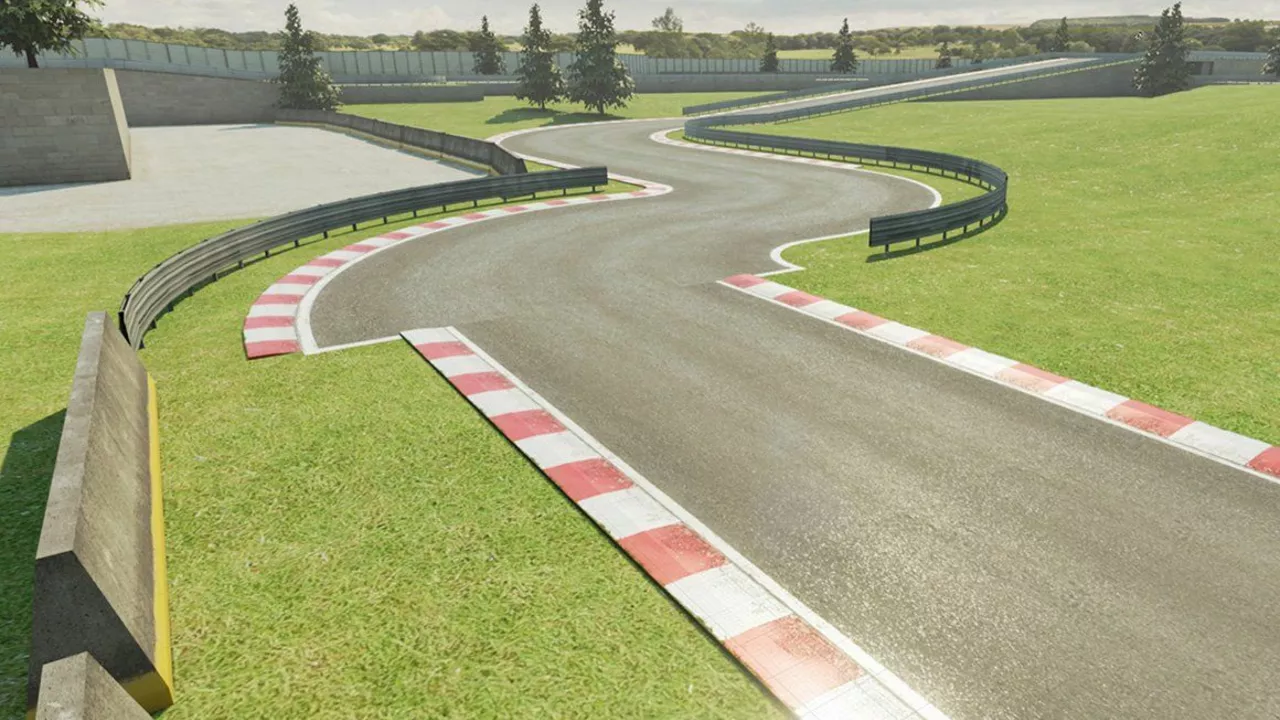
The Anatomy of a Racing Track
Understanding how racing tracks are constructed is a fascinating subject and it's much more complex than you might think. These tracks are engineered to be safe, durable, and challenging, making every race a unique and exciting event. They are not just simple strips of asphalt, but rather intricate structures that require careful planning and design.
The base layer of a track usually consists of gravel and stones for drainage purposes. Above this is a binding layer of bitumen or asphalt to provide a solid foundation. Then comes the surface layer, which is typically made of asphalt, cement, or a combination of both. This layer is engineered to provide grip, durability, and smoothness for the race cars.
Impact on the Racers
One might wonder if racing on such hard surfaces could be harmful to the racers. However, this is not usually the case. The design of race cars, from their tires to the suspension system, is specifically made to handle the demands of the track. In addition, professional racers wear proper safety gear, including helmets, fire-resistant suits, and even HANS devices (Head and Neck Support), that protect them from potential injuries.
The Importance of Track Surface Material
What the track is made of plays a critical role in the performance of the race cars. Different materials provide different levels of grip, affecting the car's handling and speed. For example, asphalt offers more grip than concrete, but it can also wear down tires faster. Concrete, on the other hand, is more durable and less susceptible to temperature changes.
Asphalt Tracks
Asphalt tracks are the most common type of racing track. They offer a good balance between grip and wear, making them suitable for a wide range of racing events. The asphalt used on race tracks is not the same as what you would find on roads, however. It's a special type of asphalt that's designed to withstand the high speeds and heavy loads of race cars.
Concrete Tracks
Concrete tracks are less common but they are used in certain types of races. These tracks are more durable than asphalt tracks and they provide a more consistent surface. However, they also provide less grip, which can make races more challenging. Concrete tracks are typically used in drag racing, where the consistency of the surface is more important than the grip.
Gravel Traps and Safety Barriers
Racing tracks also incorporate safety features such as gravel traps and safety barriers. Gravel traps are designed to slow down cars that go off the track, reducing the risk of injury to the driver. Safety barriers, meanwhile, are designed to absorb the impact of a crash, protecting both the driver and the spectators.
Tire Walls and SAFER Barriers
Another safety feature found on racing tracks are tire walls and SAFER (Steel and Foam Energy Reduction) barriers. Tire walls are stacks of used tires that are designed to absorb the energy of a crash. SAFER barriers, on the other hand, are steel barriers filled with foam, which also absorb energy and reduce the impact of a crash.
The Role of Technology in Track Design
Technology plays a critical role in the design of racing tracks. Computer simulations are used to test different track layouts and surface materials, ensuring that they meet safety standards and provide an exciting racing experience. Engineers also use technology to monitor the condition of the track and make necessary repairs or adjustments.
Final Thoughts
In conclusion, racing tracks are complex structures that are designed with both the performance of the race cars and the safety of the racers in mind. While the hard surfaces may seem unforgiving, the design of race cars and the safety gear worn by racers provide a high level of protection. So, whether you're a fan of the sport or a racer yourself, you can rest assured that a lot of thought and engineering goes into the making of these tracks.
Post A Comment